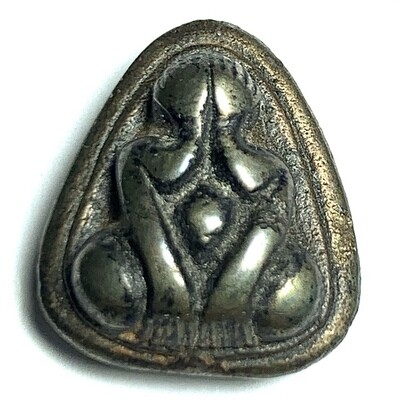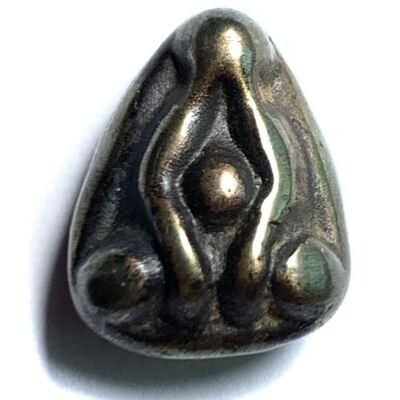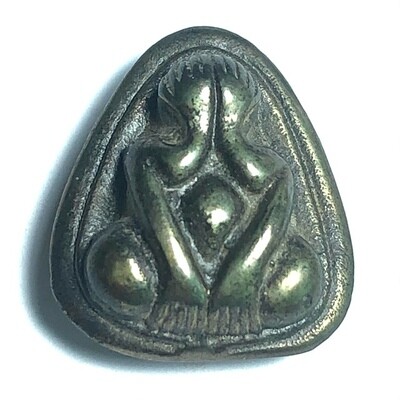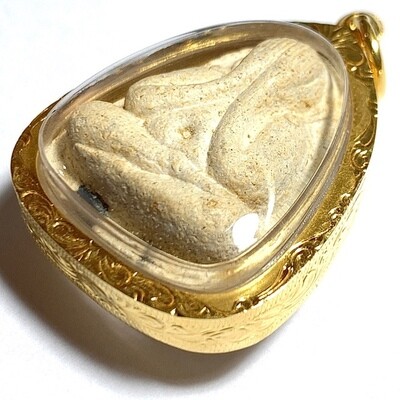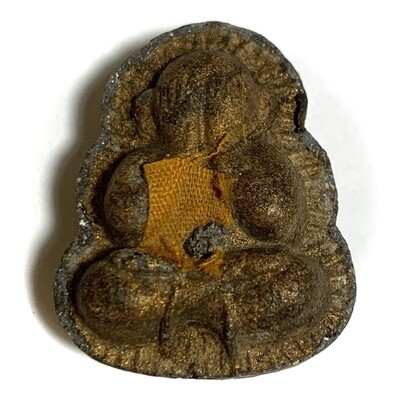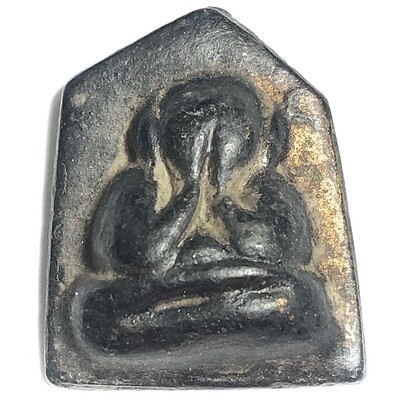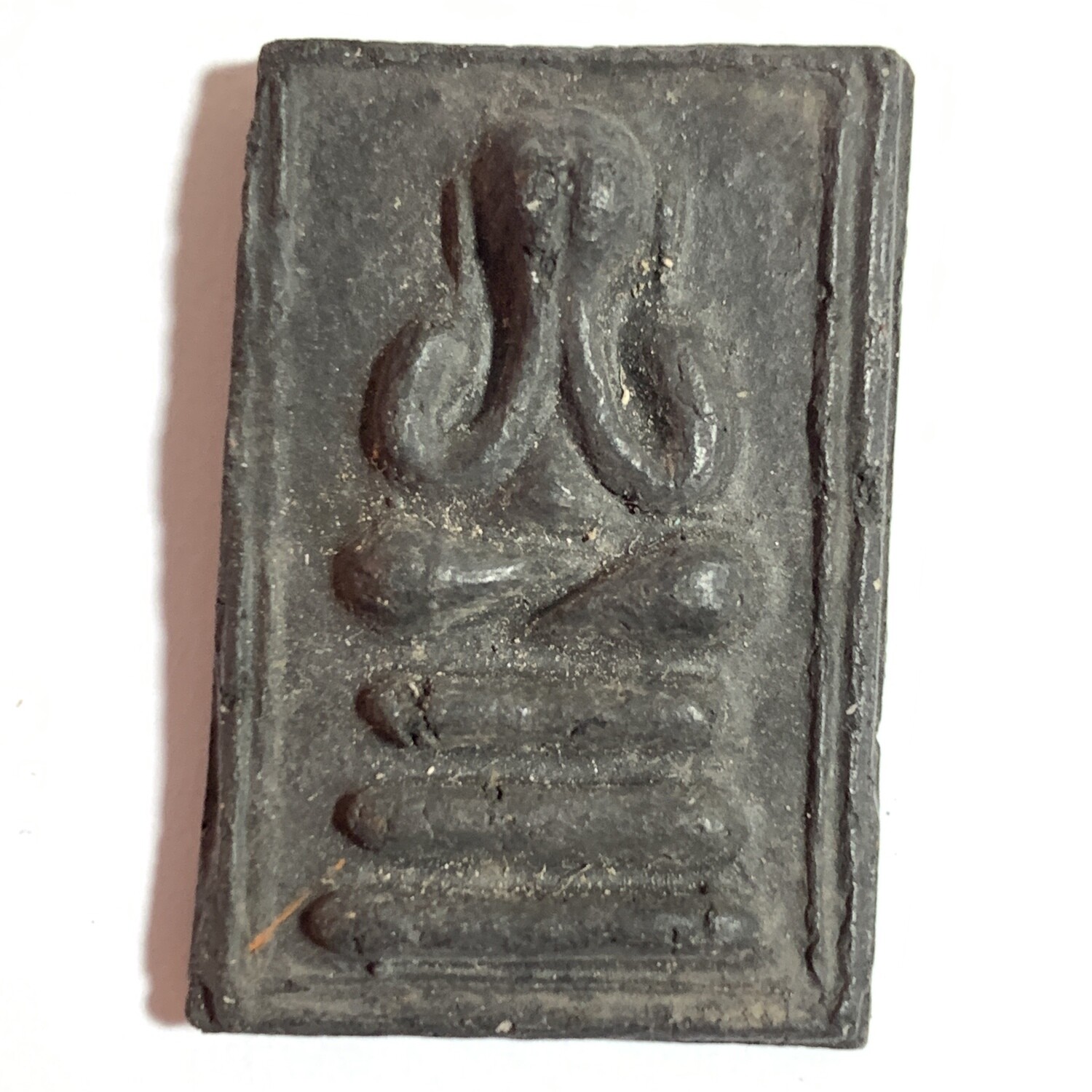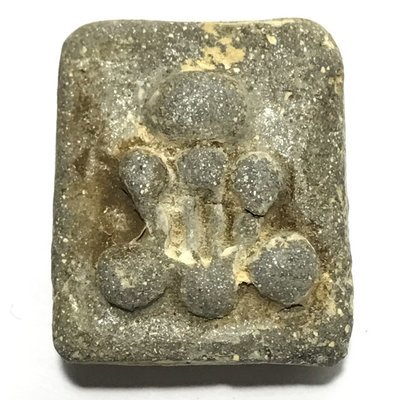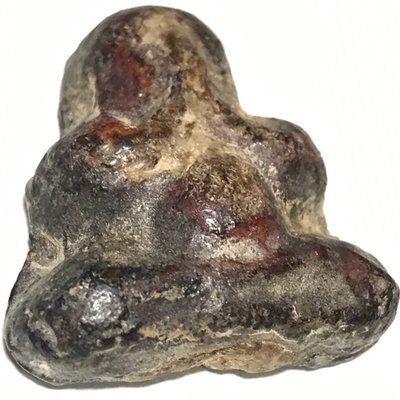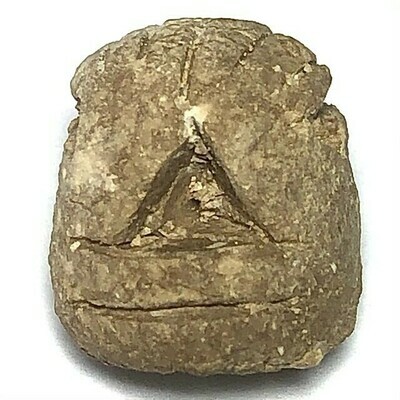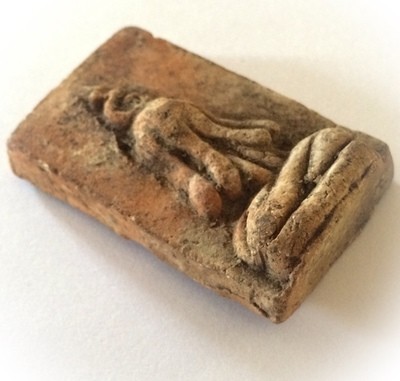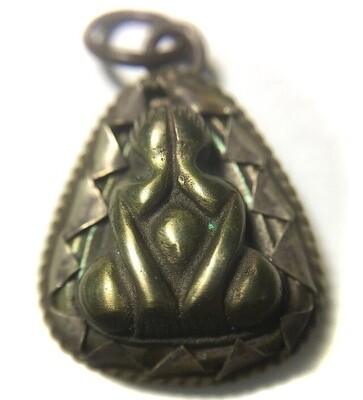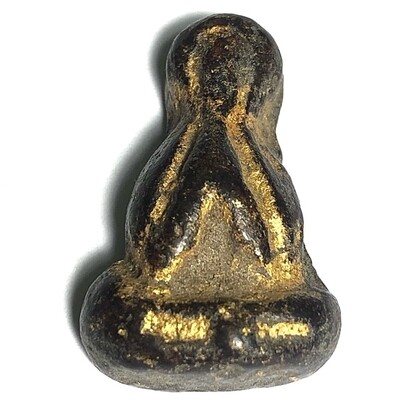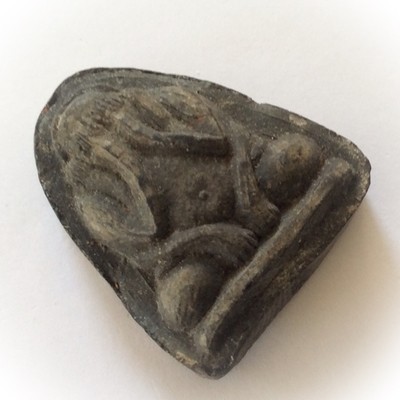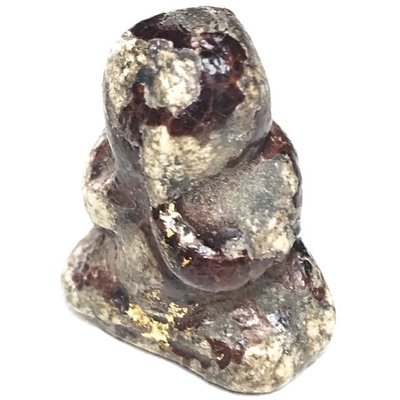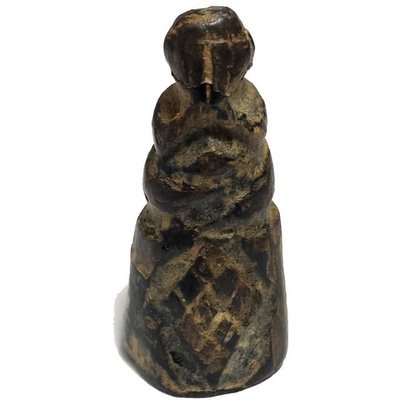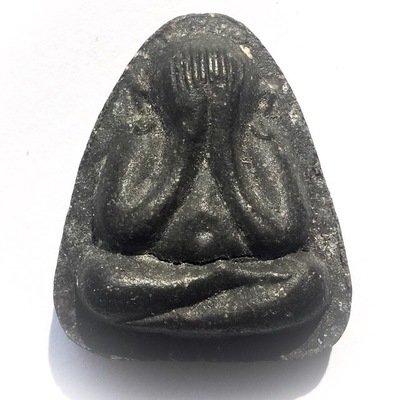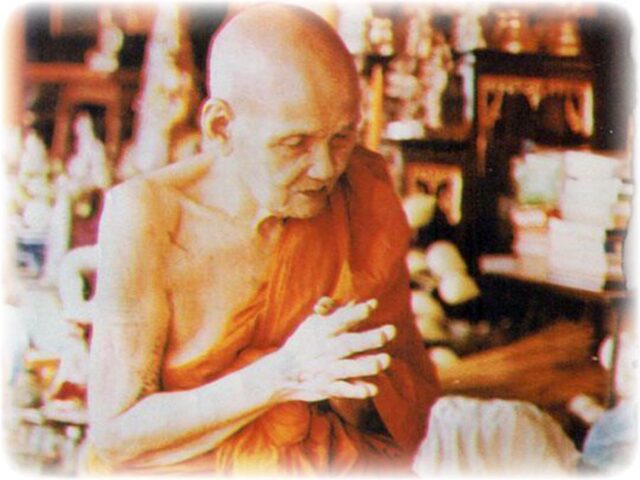
This list of Buddhist Guru Master monks will auto-update each time we add a new Master. Click each link in the list to view the amulets and read about each Guru Monk
- Ajarn Nong Wat Sai Khaw
- Luang Phu Yim Wat Nong Bua
- Luang Por An Wat Prayat
- Luang Por Daeng Wat Khao Bandai It
- Luang Por Glan Wat Prayat
- Luang Por Guay Chudtintaro Wat Kositaram
- Por Tan Nam Puttasaro Wat Don Sala
- Luang Phu Phueak Wat Ging Gaew
- Luang Phu Doo Wat Sakae
- Luang Por Chaeng Wat Bang Pang
- Luang Por Phaew – Wat Tanode Luang
- Luang Pu Seng Sopano Wat Kanlayanamit
- Luang Por Doon – Wat Buraparam
- Ajahn Chah Subhatto – Wat Nong Pha Pong
- Luang Phor Derm Phutthasaro of Wat Nong Pho
External Pages
- Luang Por Chuea Sugawanno (Wat Mai Bampen Bun)
- Luang Phu Nai – Wat Ban Jaeng (Ayuttaya)
- Luang Phu Rod (Wat Bang Nam Won)
- Luang Phu Kroo Ba Ban
- Luang Por Daeng Wat Khao Bandai It
- Luang Phor Noi Wat Dhamma Sala
- Luang Por Phang Jidtakudto
- Luang Phu Toop
- Luang Phu Yen
- Luang Por Parn Sunanto
- Luang Por Guay
- Luang Phor Sodh
- Luang Phor Raks (Wat Sutawat Vipassana)
- Luang Phor Kasem Khemago
- Luang Phu Kambu
- Luang Phor Chor
- Luang Phor Supot
- Luang Phor Simplii
- Luang Por Suang Apayo (Wat Chee Ba Khaw)
- Phor Tan Jao Khun Juea
- Luang Por Nok (Wat Sangkasi)
- Luang Por Lae Tidtappo (Wat Khao Song)
- Luang Por Hyord (Wat Gaew Jaroen)
- Luang Por Pring – Wat Bang Bakork
Pra Somdej Pidta 2507 BE Nuea Dam Jao Khun Tiang, Luang Phu Nak, Luang Phu Hin Wat Rakang Kositaram
An extremely rare amulet, from a varied pantheon that is considered a classic series from 2507 BE, one of the first editions made after Jao Khun Tiang's electiin as Abbot of Wat Kositaram. This Pim is one of various released in 2507 BE by Luang Por Jao Khun Tiang, and Luang Phu Hin (Wat Rakang Kositaram) present to empower with Jao Khun Tiang, and other invited masters of the Wat Rakang Kositaram lineage.
The amulets were made using sacred earths from the casting mold usde to forge the giant statue of Somdej Pra Puttajarn (Dto) Prohmrangsri at Wat Rakang Kositaram in 2500 BE, which were mixed with Sacred Powders from Somdej Dto, and broken ancient Pra Somdej Wat Rakang amulets.
The Somdej Pim Pra Pid Ta, along with the Pim Prok Po, Somdej Khang Daw, and Pim Pra Pratan are among the rarer amulets made by Jao Khun Tiang, Abbot of Wat Rakang Kositaram, and Wicha inheritance lineage Master of the Dtamra Pra Somdej Wat Rakang of Somdej Pra Puttajarn (Dto) Prohmrangsri, through the transmission of previous abbot, the great Luang Phu Nak, and Luang Phu Hin (Wat Rakang Kositaram). Made using broken pieces of Pra original Somdej Wat Rakang Kositaram of Somdej Pra Puttajarn (Dto) Prohmrangsri, and black bailan ancient grimoire soot.
Jao Khun Tiang was born in the year 2478 BE and ordained at a very early age as a Samanera Novice Monk, and at the age of 20 in the year 2501 BE was reordained as a fully fledged Bhikkhu. He moved from Nakorn Rachasima to Wat Rakang Kositaram to study Dhamma, and was able to complete all degrees from Batchelor to Masters.
He began making amulets very early on during is ordained life, with Luang Phu Hin and Luang Phu Nak, sometime around 2500 BE - 2505 BE He continued releasing amulets constantly each year after year. He has released many famous editions throughout time, and continues to do so since he became the abbot of Wat Rakang Kositaram in 2550 BE.
Below; the Official Chadtra Parasol stamp of the Kana 4 Comittee of Wat Rakang Kositaram is embossed on the rear face.
But his early Era amulets are these days extremely rare, and part of three pantheons; that of Jao Khun Tiang himself, that of Luang Phu Nak, and of Luang Phu Hin, all monks being residents of Wat Rakang Kositaram. He became a great sermon giver and known for his great achievements to raise funds and complete charitable projects to develop the temple and other temples in need. In the year 2550 BE he was elected to become Abbot of Wat Rakang Kositaram.
Jao Khun Tiang, has been taking care of the temple and the amulet editions of Wat Rakang Kositaram, since then, till now (2560 BE), and was already releasing amulets long before even becoming vice-abbot of Wat Rakang Kositaram. Now since his elevation to the status of Abbot of one of the top Royal temples of Thailand, of perhaps the most famous of any temple built in Bangkok, outside of the Temple of the Emerald Buddha in the Royal Palace. For foreigners, perhaps the palace and the temple of the dawn and Wat Po may be the most famous, but for Thai people and for amulet aficionados, Wat Rakang Kositaram is of course, perhaps the top temple as far as amulets are concerned, due to the fame of the Pra Somdej Wat Rakang Kositaram of Somdej Pra Puttajarn (Dto) Prohmrangsri.
Jao Khun Tiang received his Wicha from the Great Luang Phu Nak, and Luang Phu Hin of Wat Rakang Kositaram, especially the Wicha of making amulets according to the Dtamra of Somdej Pra Puttajarn (Dto) Prohmrangsri, and the mixing of Muan Sarn Clay, by method of making Yantra Powders, mixed with hordes of other secret ingredients.
His amulet trajectory began very early around 2505 BE, as he received Wicha from his Mentors Luang Phu Nak and Luang Phu Hin, and as a lineage continuance abbot and Wicha Holder of Wat Rakang Kositaram, is also an Eminent Member of the Gaeji Ajarn Master Lineage of this great Temple. His amulets are very hard to find, especially this early edition Masterpiece, which is known to have passed Buddha Abhiseka in the year 2507 BE, with both of his Mentors, Luang Phu Nak, and Luang Phu Hin attending to assist in the empowerment. This amulet is one of the first made by Jao Khun Tiang from his very early Era, and is an immensely rare acquisition for aficionados and devotees of Wat Rakang Kositaram, and the amulets of this world famous sacred temple.
Use the Traditional Thai Buddhist Method for Bucha;
1. Chant Maha Namasakara (3 Times)
2. Chant the Trai Soranakom (3 Times)
3. Chant Kata Aaraatanaa Pra Krueang (3 Times)
Kata Maha Namasakara
Namo Dtat-Sa Pakawa-Dto Araha-Dto Sam-Maa Sam-Put-Dtat-Sa
Namo Dtat-Sa Pakawa-Dto Araha-Dto Sam-Maa Sam-Put-Dtat-Sa
Namo Dtat-Sa Pakawa-Dto Araha-Dto Sam-Maa Sam-Put-Dtat-Sa
Trai Soranakom
Puttang Cheewidtang Yaawa Nipaanang Saranang Kajchaami
Tammang Cheewidtang Yaawa Nipaanang Saranang Kajchaami
Sangkang Cheewidtang Yaawa Nipaanang Saranang Kajchaami
Tudtiyambpi Puttang Cheewidtang Yaawa Nipaanang Saranang Kajchaami
Tudtiyambpi Tammang Cheewidtang Yaawa Nipaanang Saranang Kajchaami
Tudtiyambpi Sangkang Cheewidtang Yaawa Nipaanang Saranang Kajchaami
Dtadtiyambpi Puttang Cheewidtang Yaawa Nipaanang Saranang Kajchaami
Dtadtiyambpi Tammang Cheewidtang Yaawa Nipaanang Saranang Kajchaami
Dtadtiyambpi Sangkang Cheewidtang Yaawa Nipaanang Saranang Kajchaami
Kata Aaraatana Pra Krueang
Puttang Aaraatanaanang
Tammang Aaraatanaanang
Sangkang Aaraatanaanang
Puttang Prasittimae
Tammang Prasittimae
Sangkang Prasittimae
Kata Pra Kawambadee (This kata is for increasing ones wealth and belongings and good fortune); Namo Puttassa Kawambadtissa Namo Tammassa Kawambadtissa Namo Sangkassa Kawambadtissa Sukha Sukha Warang Na Mo Puttaaya Ma A U Tugkhang Anijjang Anatta Jewa Segkhaa Tammaa Yataa Put Mo Na
